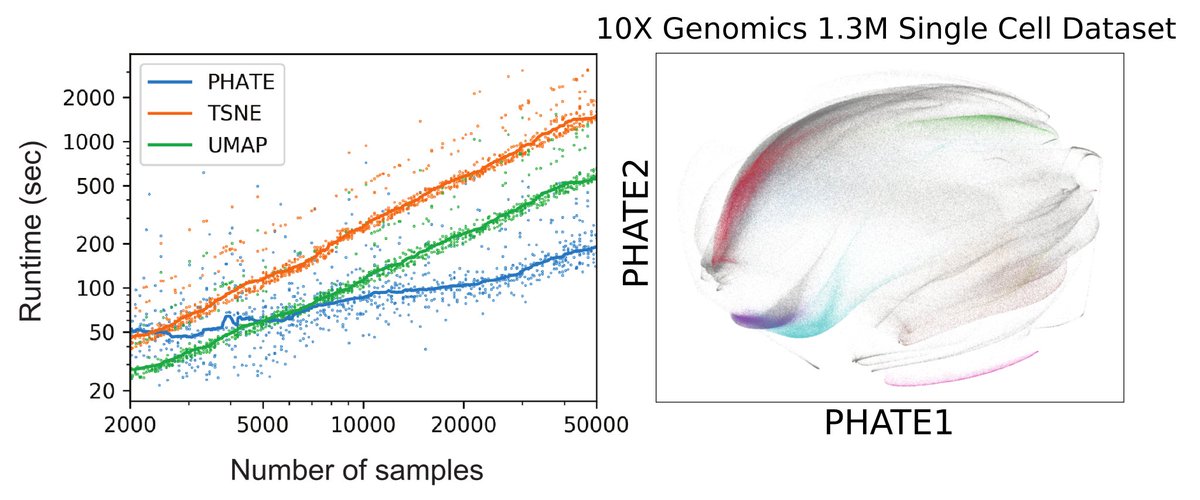In these linked clusters from @GoogleAI’s article pair-code.github.io/understanding-… by @_coenen & @adamrpearce, t-SNE and UMAP break up trajectories while PHATE keeps it all together (5/10)










Keep Current with Krishnaswamy Lab
This Thread may be Removed Anytime!
Twitter may remove this content at anytime, convert it as a PDF, save and print for later use!

1) Follow Thread Reader App on Twitter so you can easily mention us!
2) Go to a Twitter thread (series of Tweets by the same owner) and mention us with a keyword "unroll"
@threadreaderapp unroll
You can practice here first or read more on our help page!

